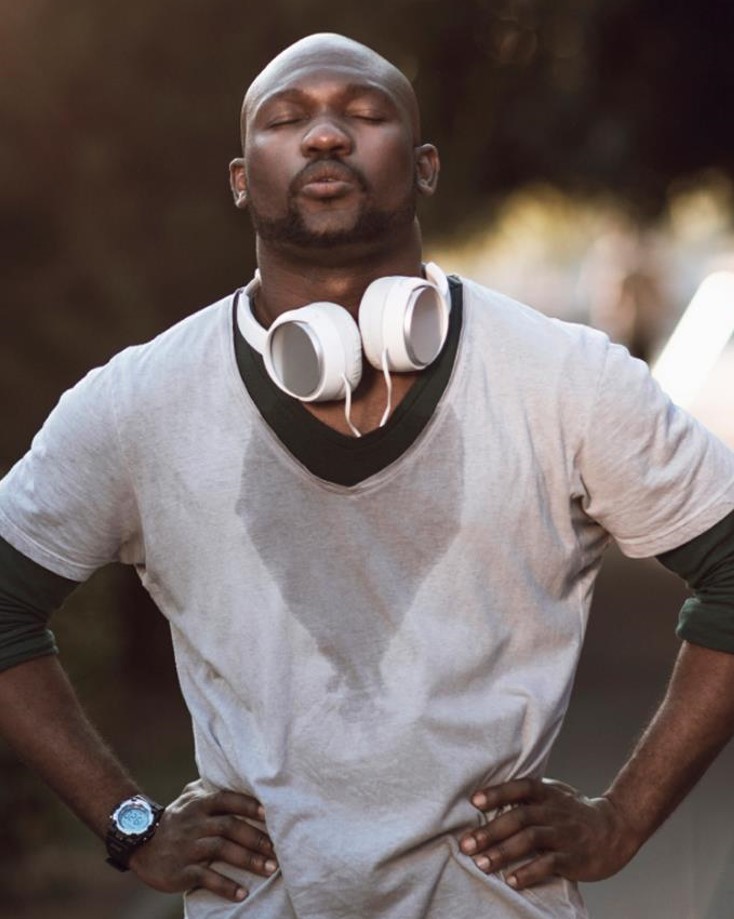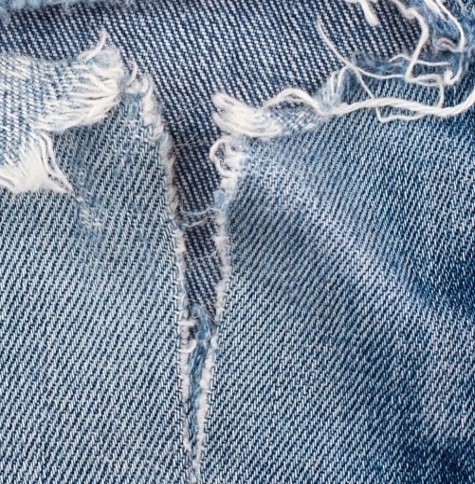Tear Strength

Q: Which method do you recommend for elastane content fabrics?
A: I would definitely not recommend the Elmendorf test. If the fabric contains elastane, when you tear fabric, the distance of 43mm will change with fabric that will stretch considerably, thus the tear force calculation will be incorrect. One of the methods ISO 13937 parts 2 or 3 might be more appropriate, probably part 2 will be best for this application.
The CRE tester such as Titan can probably accommodate stretch without any problems because it doesn’t use a particular distance in its calculation of the tearing force.
Q: We want to test how badly damaged the elastane in a denim is, is there a method suitable for this?
A: If assessing damage in elastane, maybe a stretch and recovery test would be better than tear strength, this way you can get a sample of fabric before and after the damage treatment, and you could evaluate the stretching and recovering and calculate the percentage change from before to after.
Q: Can we perform calibration before each test to check the load cell?
A: You can verify the readings are correct by using a set of verification weights which connect to the load cell. You can check the reading of each one and can see the correct weight is recorded. You can use this as a method to check for drift to see if the weight recorded is changing etc.
Q: Does tear depend on fabric GSM?
A: In general yes it does. A fabric with higher weight will typically have a higher tear strength than a lighter weight fabric.





